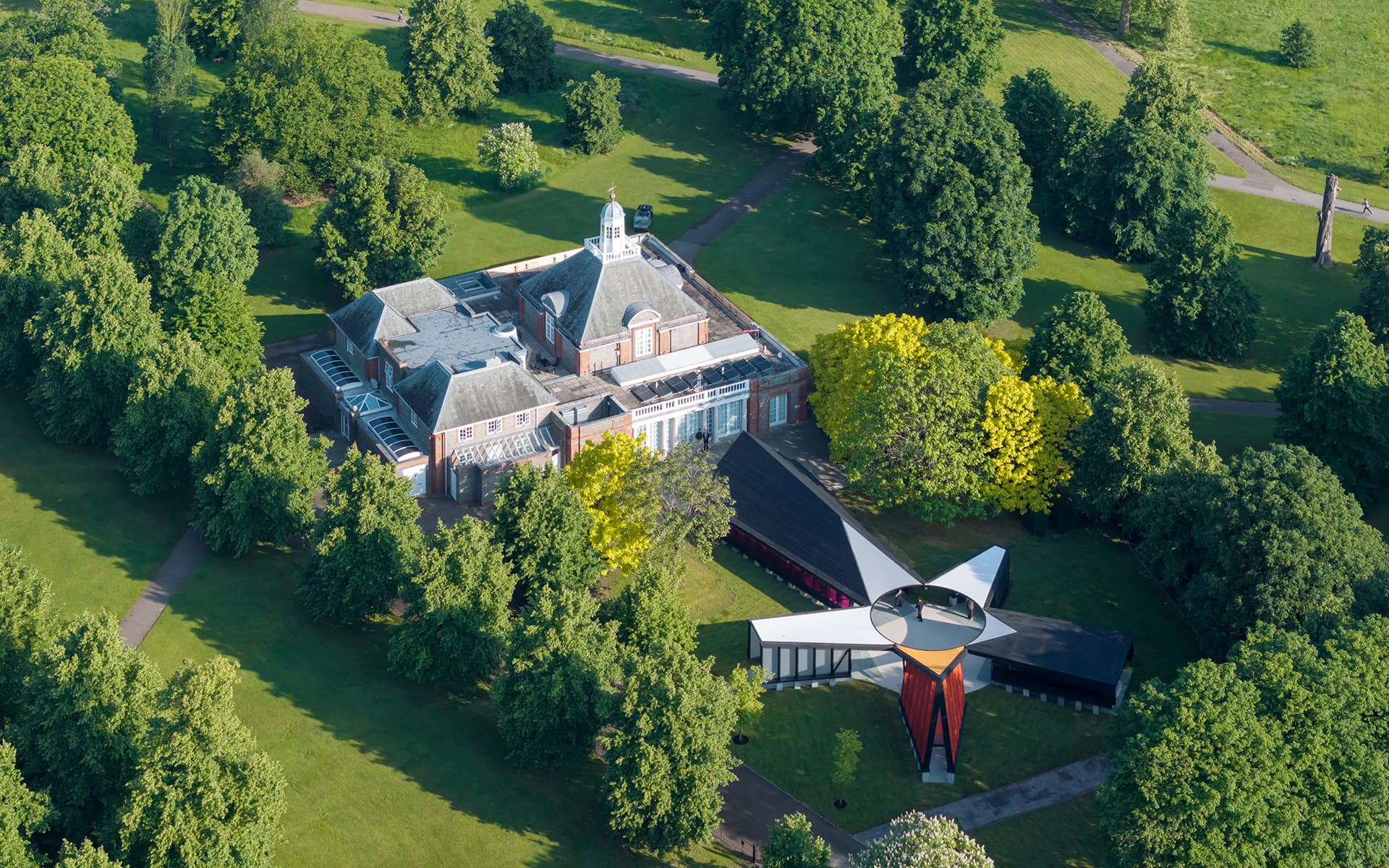Minsuk Cho’s New Serpentine Pavilion in London Offers Exquisite Opportunities for Discovery
The South Korean architect conjures a star-shaped structure where various arms offer unique immersive rooms for exploration, contemplation, and play

“I’ve given you lots of options, you don’t have to like the whole thing,” said Minsuk Cho, architect of this year’s Serpentine Pavillion, freshly erected in London’s Kensington Gardens. “It’s like a Korean meal, where we put everything on the table, all at once, and you make up the combination that you prefer.”
The artist was at the Pavilion’s opening party, on a sunny summer evening, smiley and chatty, but exuding an undisguised sensation of success. Indeed, Min, as he likes to be called, is quite the superstar in his native South Korea. This though, in accordance with pavilion rules, is his first building in the U.K.

The pavilion has taken on many forms since the annual commission began in 2000, when Zaha Hadid put up a folded white canopy for a summer party. But none has been composed of five small constructions around a central circular space. “It’s like a roundabout,” said Cho. “You choose which direction to take.”
One path will land you in a library of books where visitors are invited to bring one, and take away another (Cho remarked that his contribution was a copy of The Kite Runner by Khaled Hosseini). The structure’s other spaces hold an auditorium lined with lilac acrylic windows, a tea house, and a play tower, where a bright orange net is suspended beneath an orange sail cloth roof. Brave parents can let their children climb up into it and bounce around.

The fifth arm—a long skinny entrance called the Gallery—offers a six-channel sound installation by musical artist Jang Young-Gyu that will respond to the constantly changing conditions in the park.
Cho explained that the central space is partly derived from the madang, or courtyard, which is situated in the centre of a traditional Korean house. “It’s a space for everyday life to take place, as well as communal rituals and celebrations,” he says.

Highlighting other features of his installation, the artist explained that the wood used to make the buildings—big beams hewn from trees grown in the English countryside, not processed timber—ideally would have been aged through a traditional charring process, but time did not allow that. As a result, the wooden structure has been stained almost black and perhaps has a heavier appearance than was intended. From above, the compilation of buildings reads like a star, and while most won’t be able to experience the site from the sky, aerial photographs by Iwan Baan offer a wonderful perspective.
“Our motto is that there should be no end to experimentation,” Hans Ulrich Obrist, the Serpentine’s mercurial artistic director, said at the opening party. Minsuk Cho has certainly fulfilled that brief.

Serpentine Pavillion will be open until 27 October.